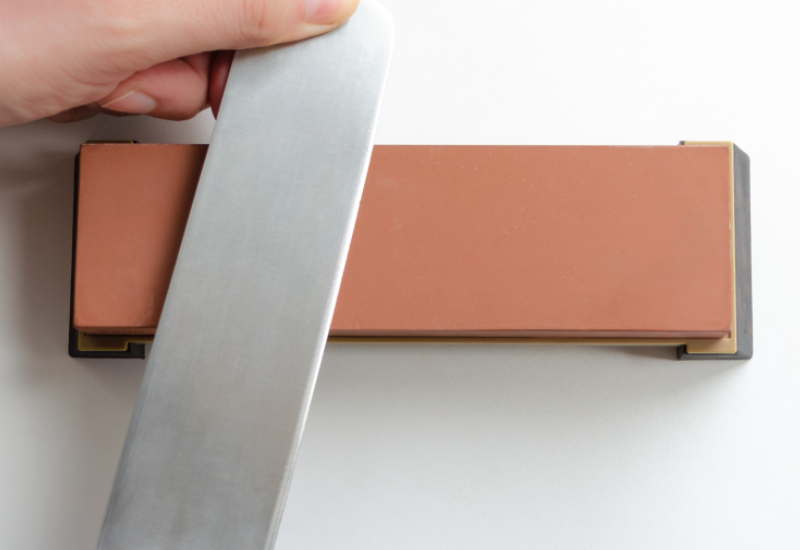Nakiri knives are a popular choice for vegetable preparation in Japanese cuisine, featuring a thin, double-beveled blade with a squared-off tip designed for precision chopping and slicing. With various options on the market, selecting the right Nakiri knife can be challenging. This guide will help you understand the key factors to consider when choosing a Nakiri knife, including blade length, materials, and craftsmanship.
Blade Length:
Nakiri knives typically have blade lengths ranging from 165mm (6.5 inches) to 180mm (7 inches). The optimal length depends on your personal preferences and the tasks you frequently perform in the kitchen. A 165mm (6.5 inches) blade is a versatile choice for most users, providing excellent control and precision for vegetable preparation.
Blade Material:
Like other Japanese knives, Nakiri knives are usually made from either carbon steel or stainless steel. Carbon steel offers a sharper edge and easier sharpening but is more prone to rust and requires extra care. Stainless steel is more resistant to rust and low maintenance but may not hold its edge as long. Choose the blade material based on your preferences and willingness to maintain the knife.
Blade Profile:
Nakiri knives typically have a flat blade profile, which is well-suited for push-cutting and chopping vegetables with minimal horizontal motion. Some Nakiri knives also feature a Granton edge with hollow dimples to reduce friction and prevent food from sticking to the blade. Consider your preferred cutting style when selecting a Nakiri knife.
Craftsmanship and Quality:
To ensure the longevity and performance of your Nakiri knife, pay attention to craftsmanship and quality. Look for knives made by reputable manufacturers or artisans, such as Shun, Miyabi, and Wusthof. Hand-forged knives often have higher quality, but they can be more expensive. Inspect the knife’s fit and finish, as well as the sharpness and polish of the blade.
Handle Type:
Nakiri knives are available with traditional Japanese “wa” handles or Western-style handles. Wa handles are lightweight and well-suited for precise cutting techniques, while Western-style handles tend to be heavier and may offer more balance. Choose the handle style that feels most comfortable in your hand and suits your cutting style.
Choosing the perfect Nakiri knife involves understanding the importance of blade length, materials, craftsmanship, and other key factors. By carefully considering these aspects, you can find a Nakiri knife that not only enhances your culinary skills but also serves you well for many years to come.
